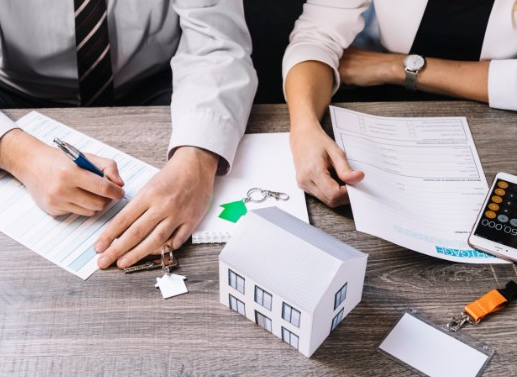How to evaluate a property before making an offer
Perform a visual inspection: Before delving into the details, perform an initial visual inspection to assess the overall condition of the property. Here are some items to keep in mind: Abroad: Observe the condition of the roof, walls, windows and entrance. Look for signs of damage or deterioration, such as cracks, moisture, or peeling paint. Inside: Examine the layout of the house, the layout of the rooms and the quality of the finishes. Pay attention to possible structural problems or renovation needs. Perform a thorough inspection: Once the initial visual inspection is satisfactory, it is time to delve into evaluating the property. Here are the key aspects to consider: Structure status: Hire a professional inspector to evaluate the condition of the structure, including the foundation, electrical system, plumbing and heating. Make sure you are aware of any potential problems or repair needs. Legal and property history: Research the legal and ownership history of the home. Check to see if there are liens, mortgages or legal disputes associated with the property. Evaluate the location and nearby services: The location of the property and nearby amenities are also important factors to consider. Here are some points to evaluate: Accessibility: Check proximity to major transportation routes, such as highways, train stations, or bus stops. Evaluate if the location fits your needs and lifestyle. Nearby services: Investigate the availability and quality of key services in the area, such as schools, shops, health centers and parks. Consider how these services may affect your comfort and convenience.
